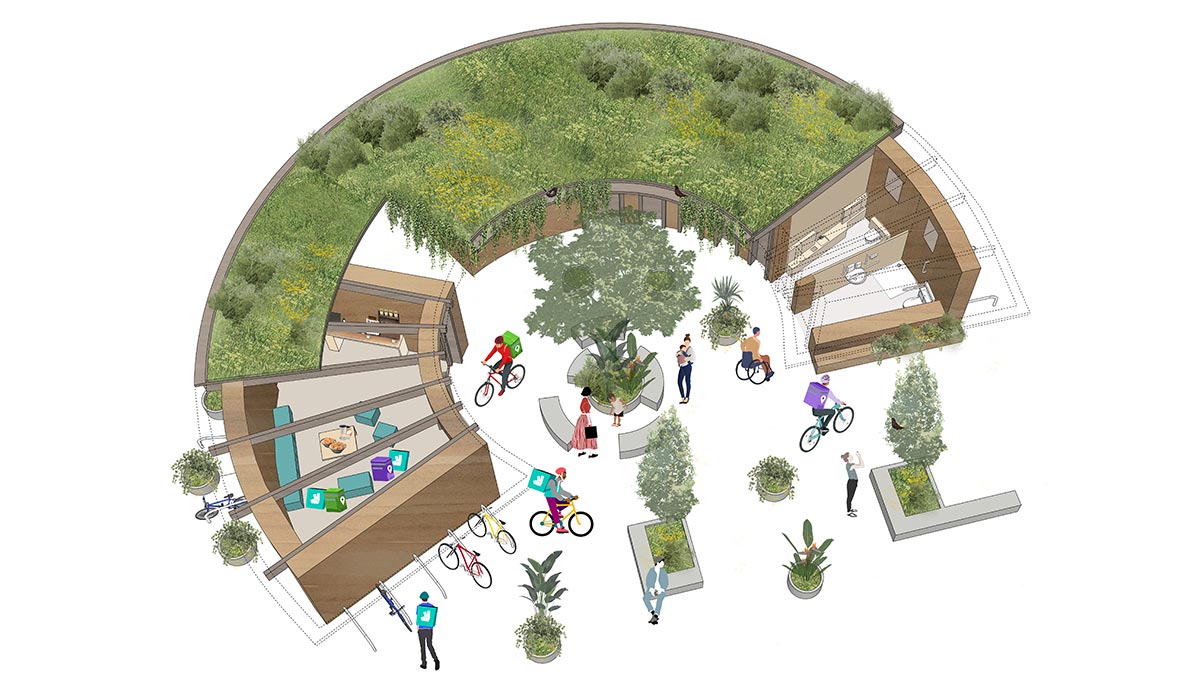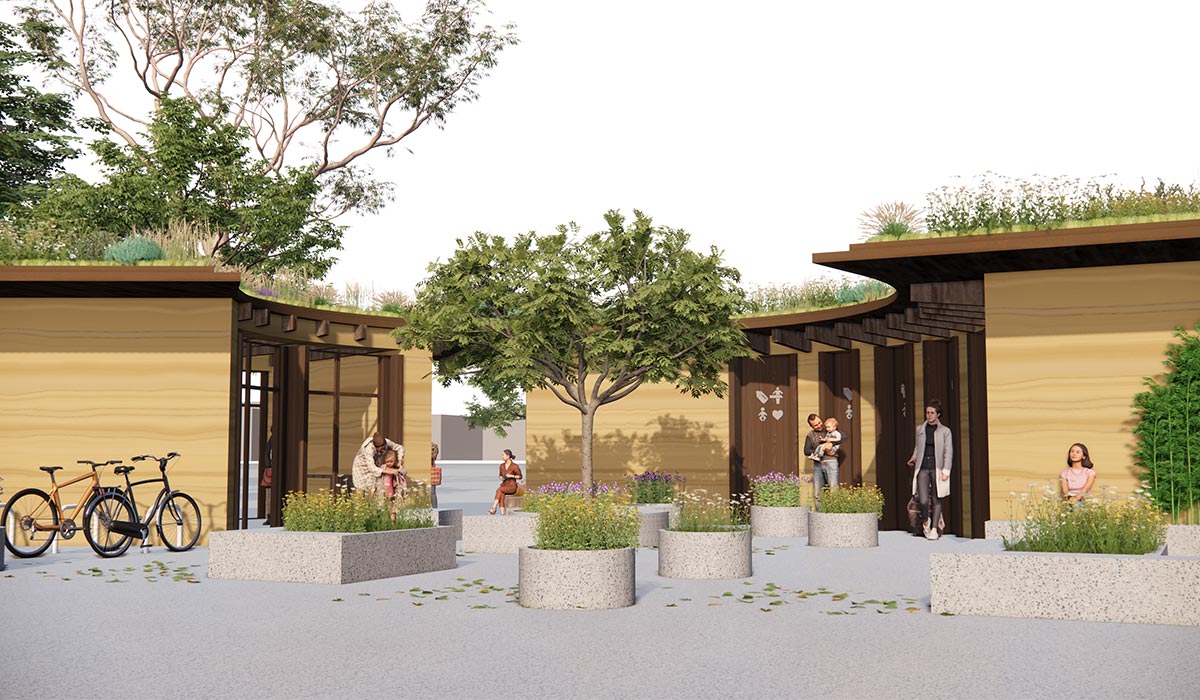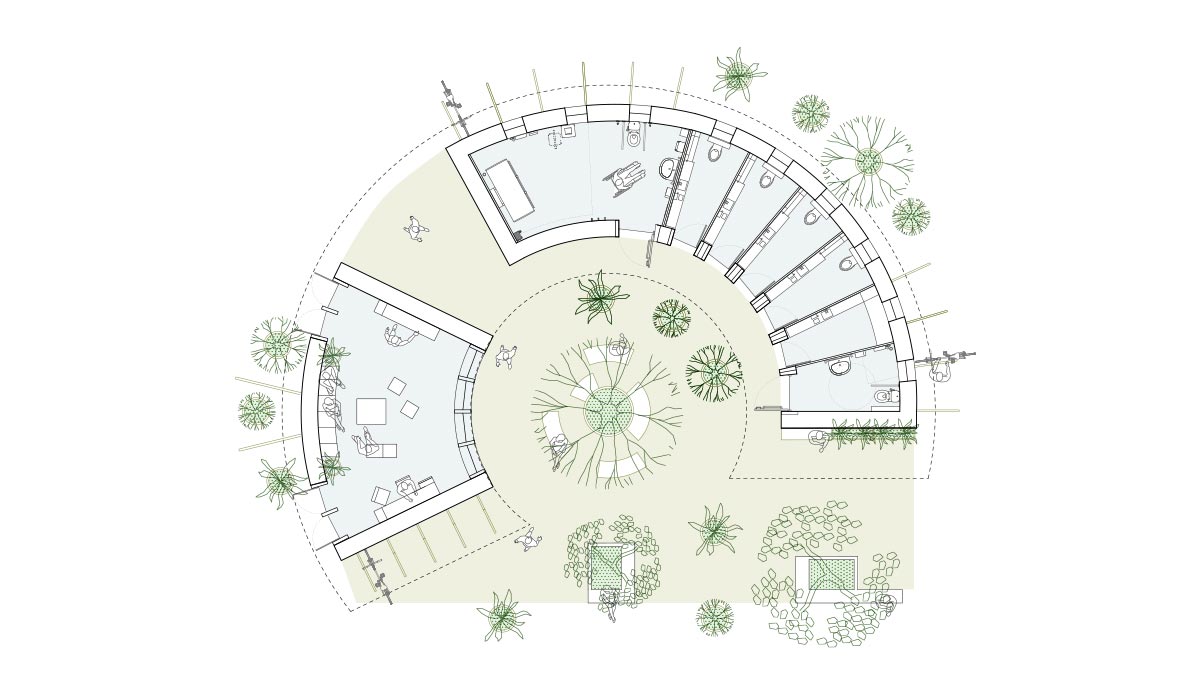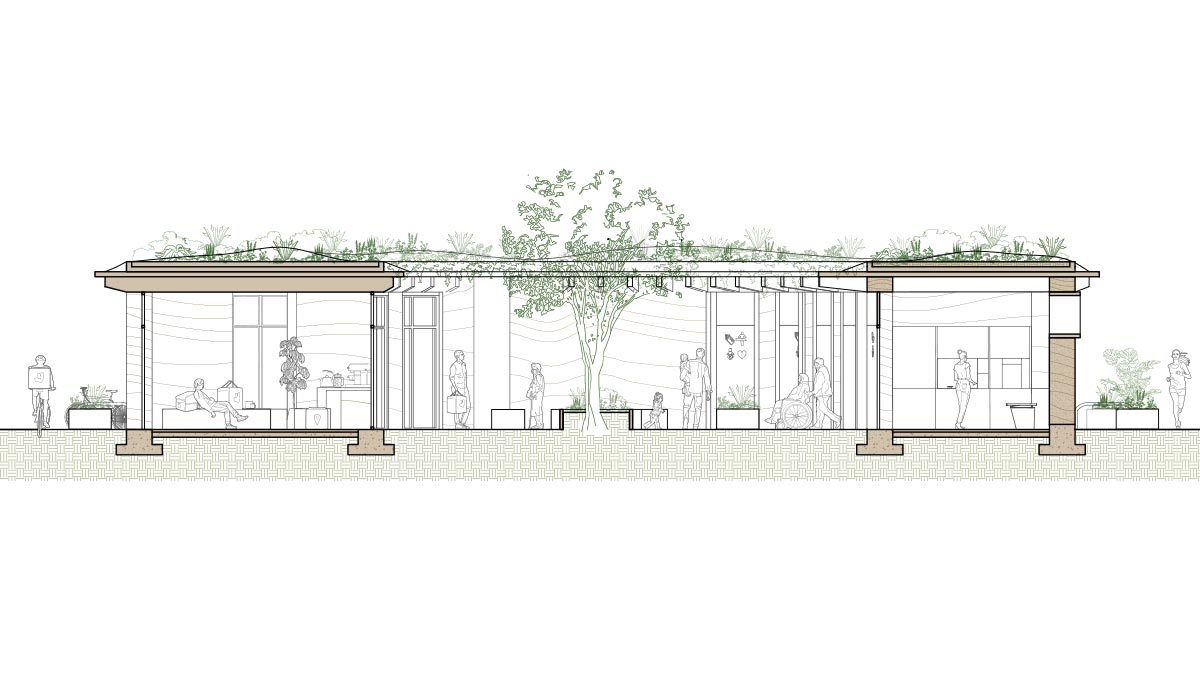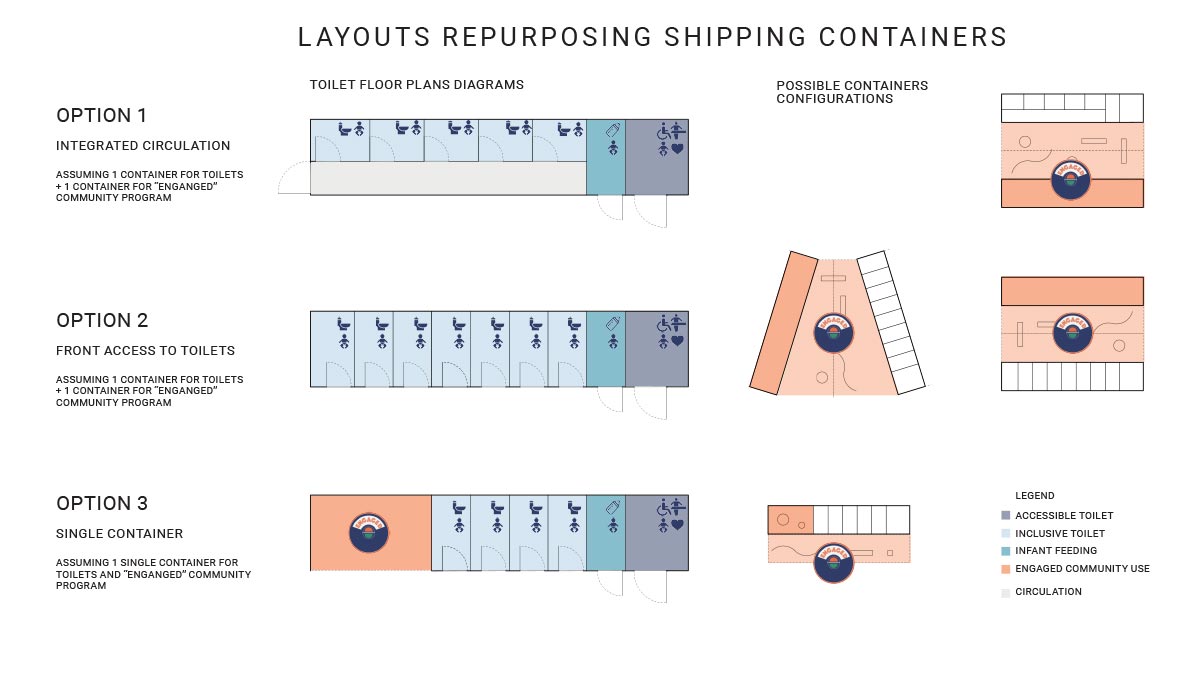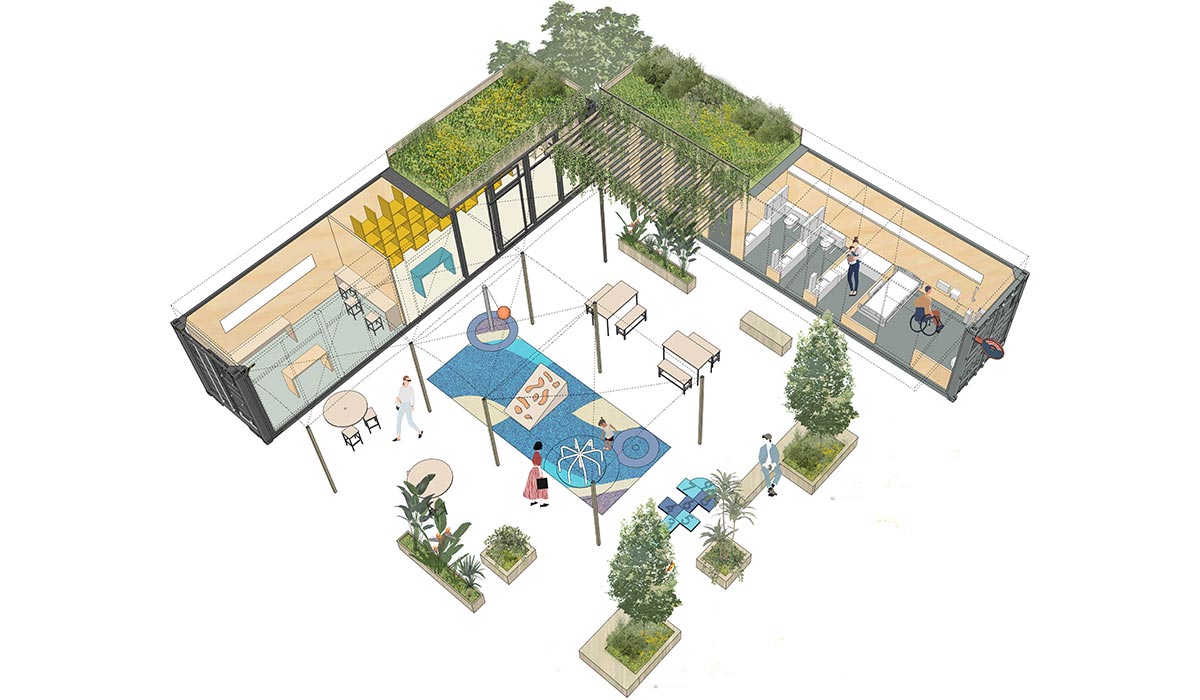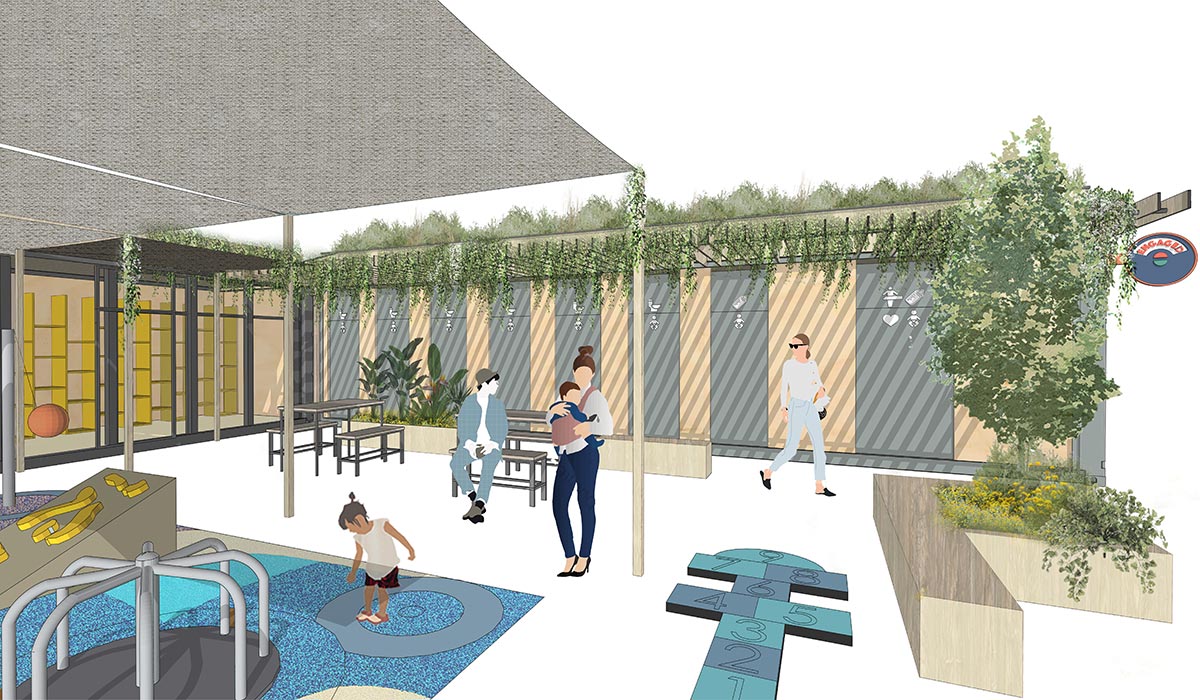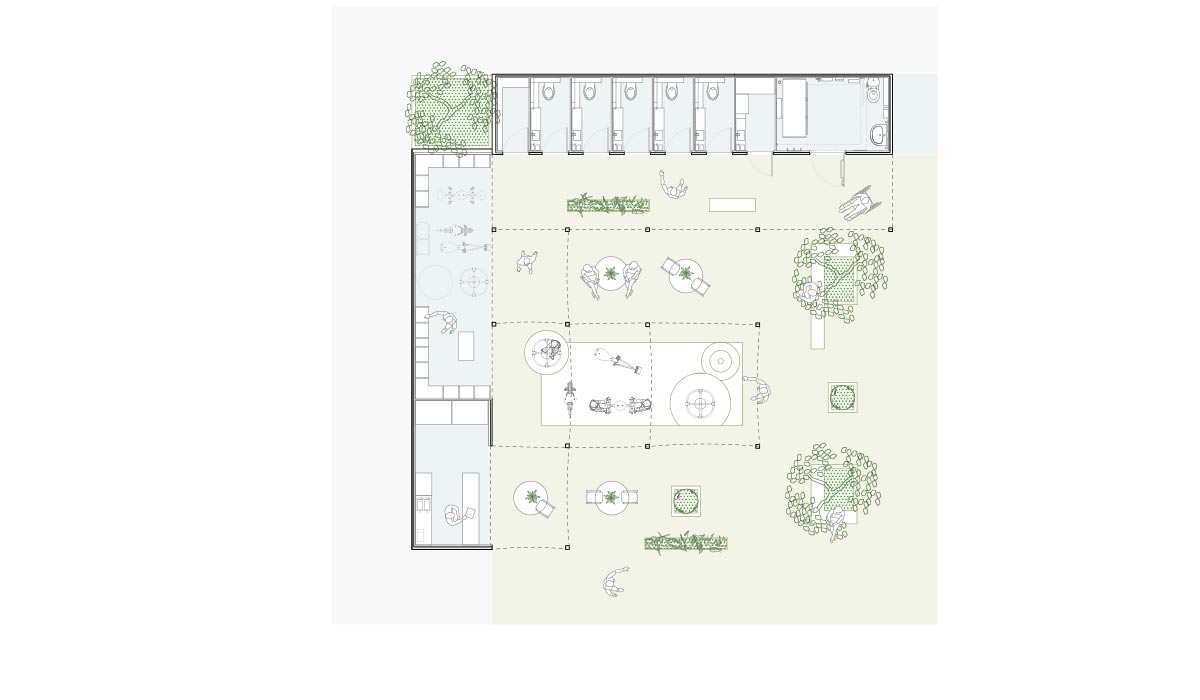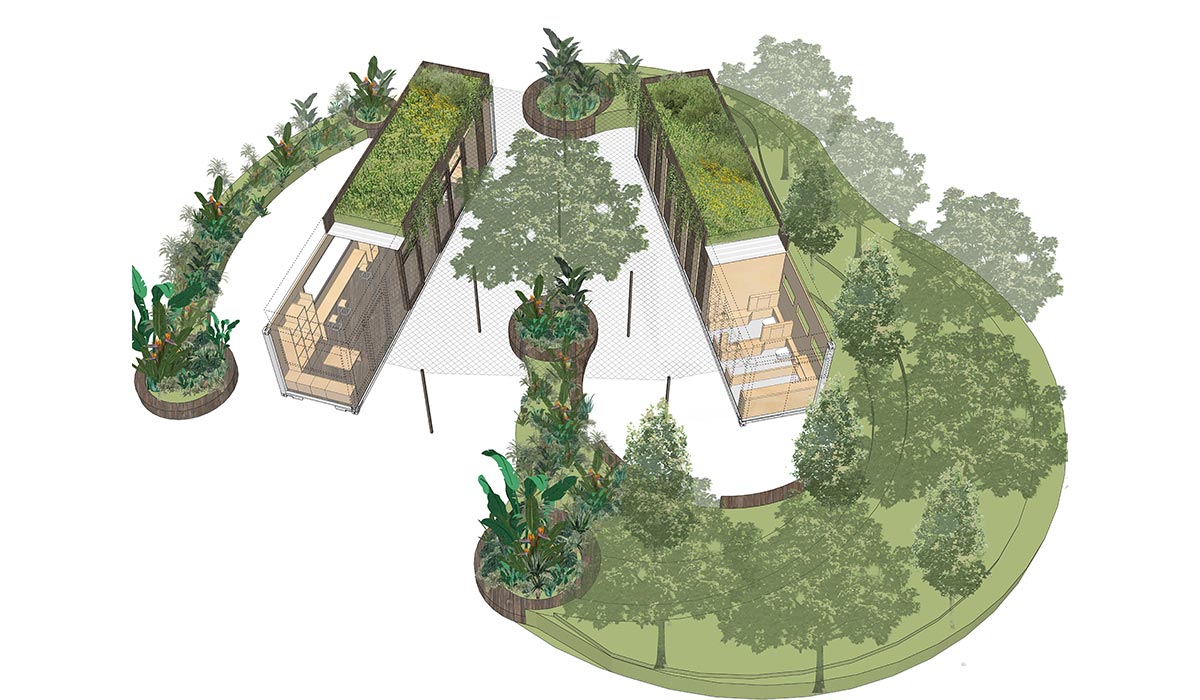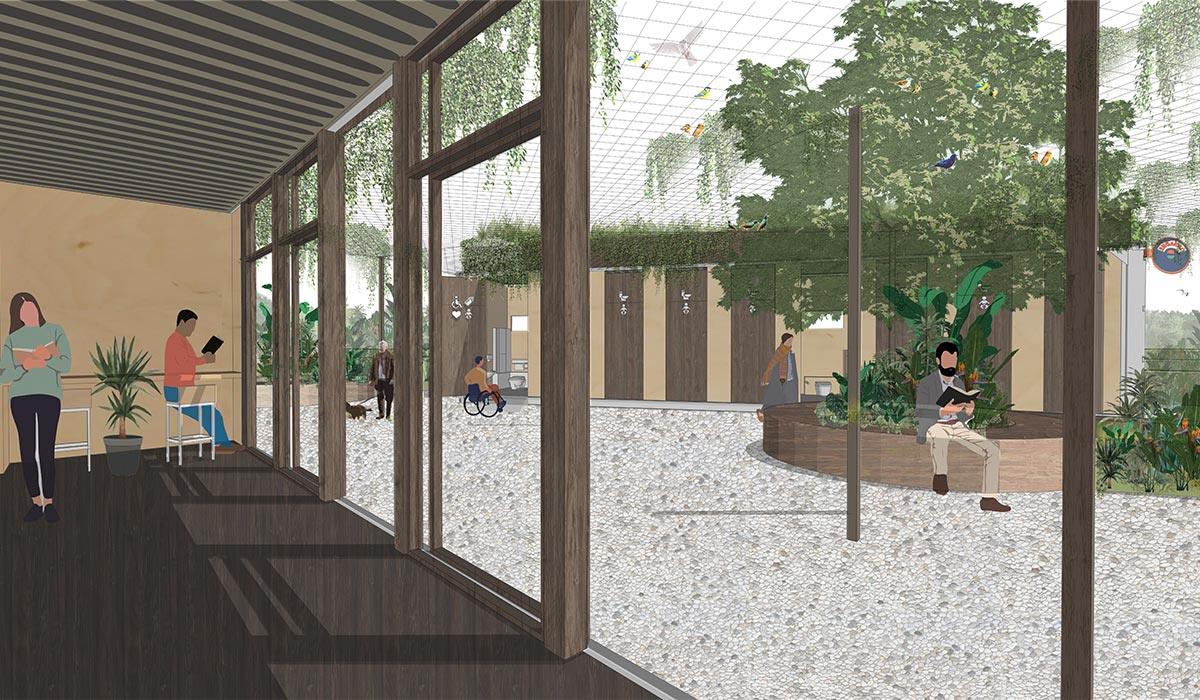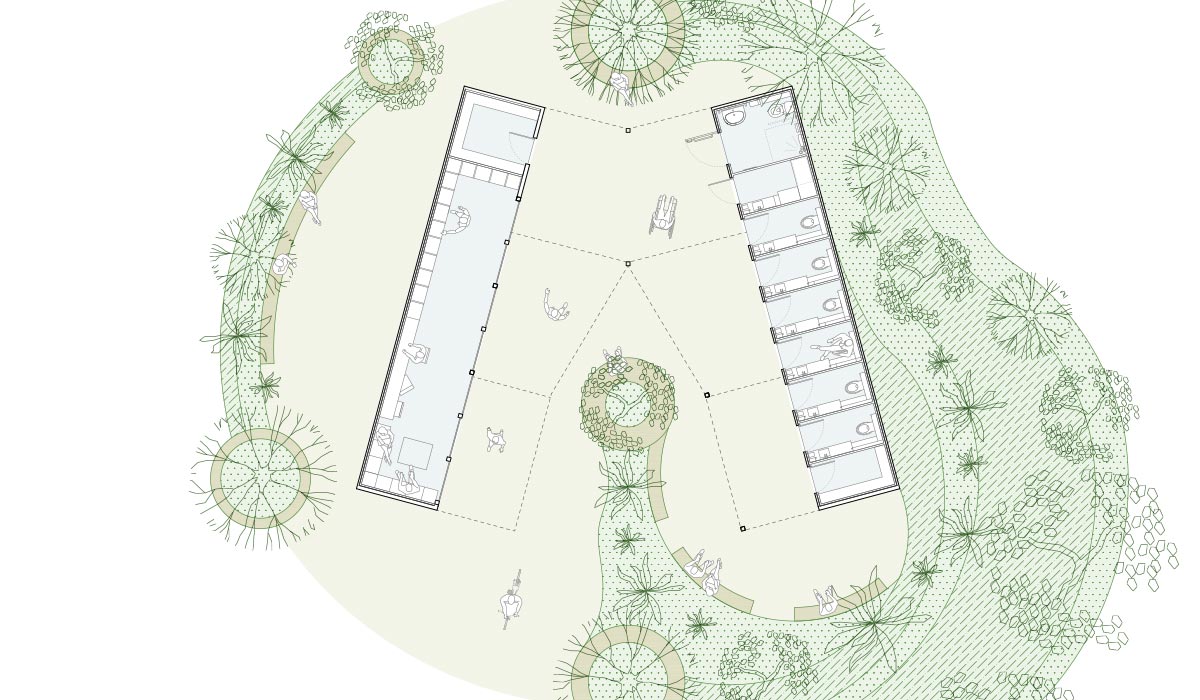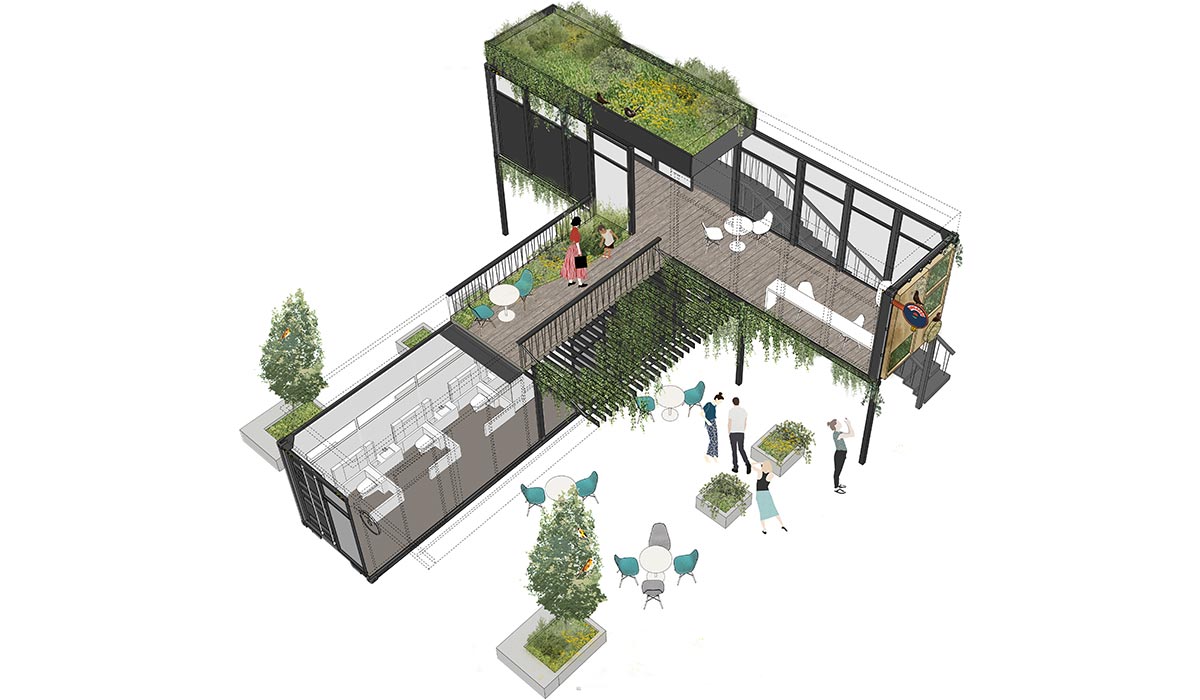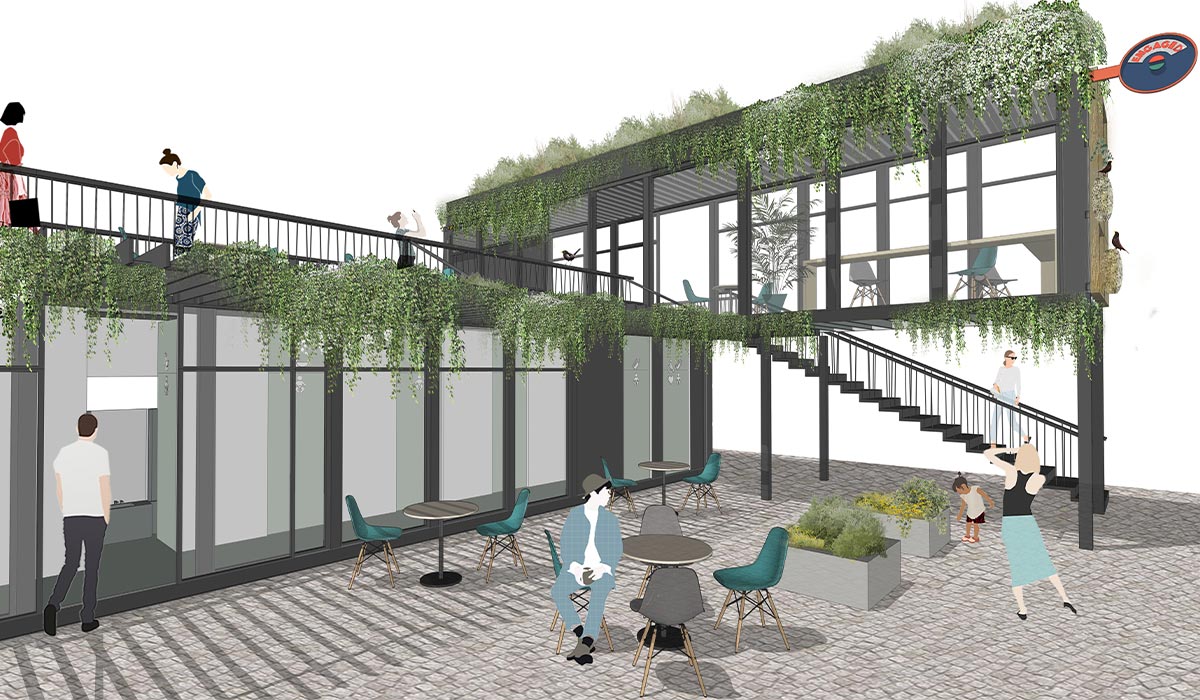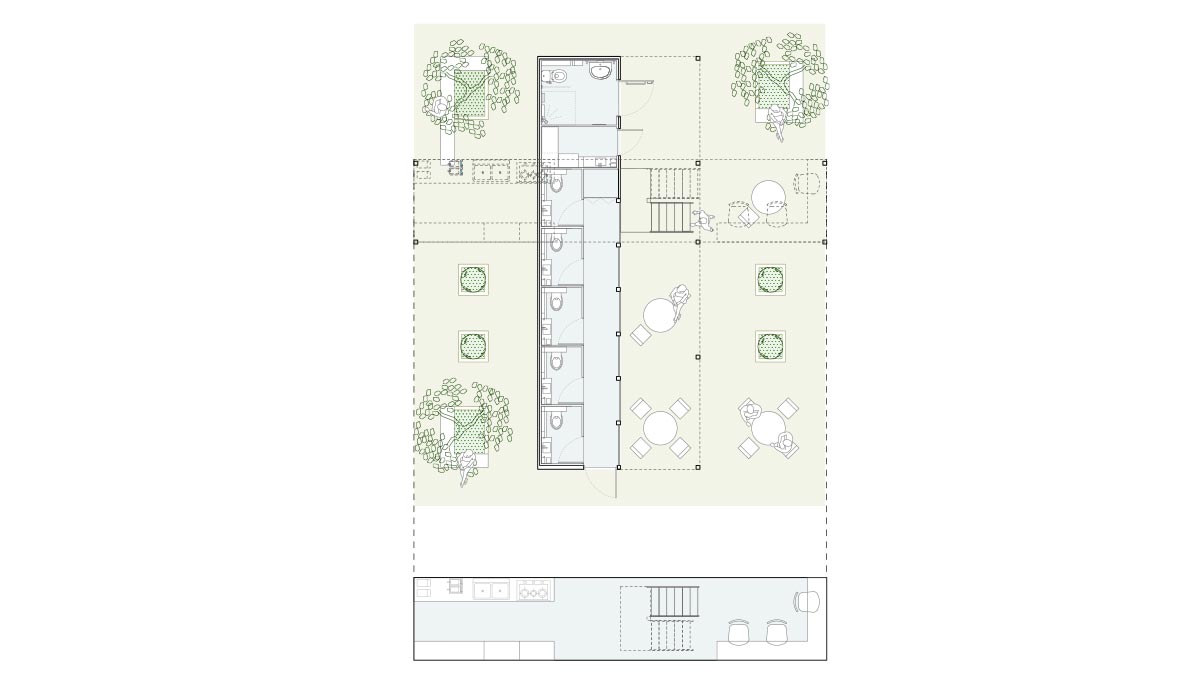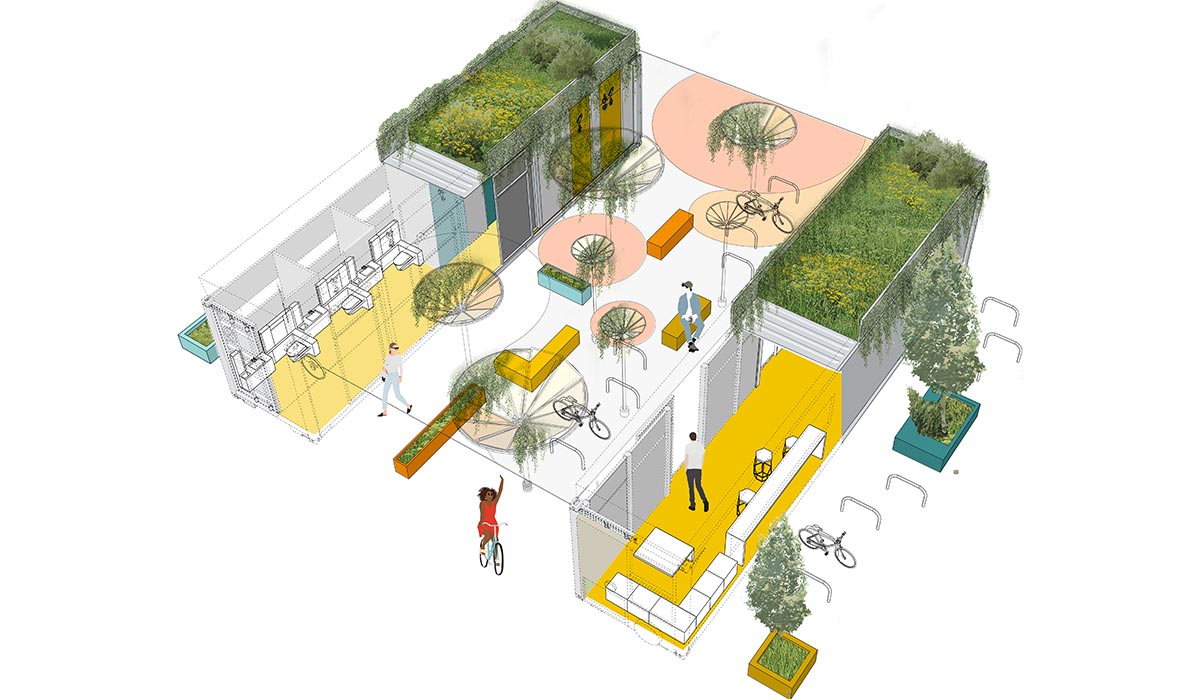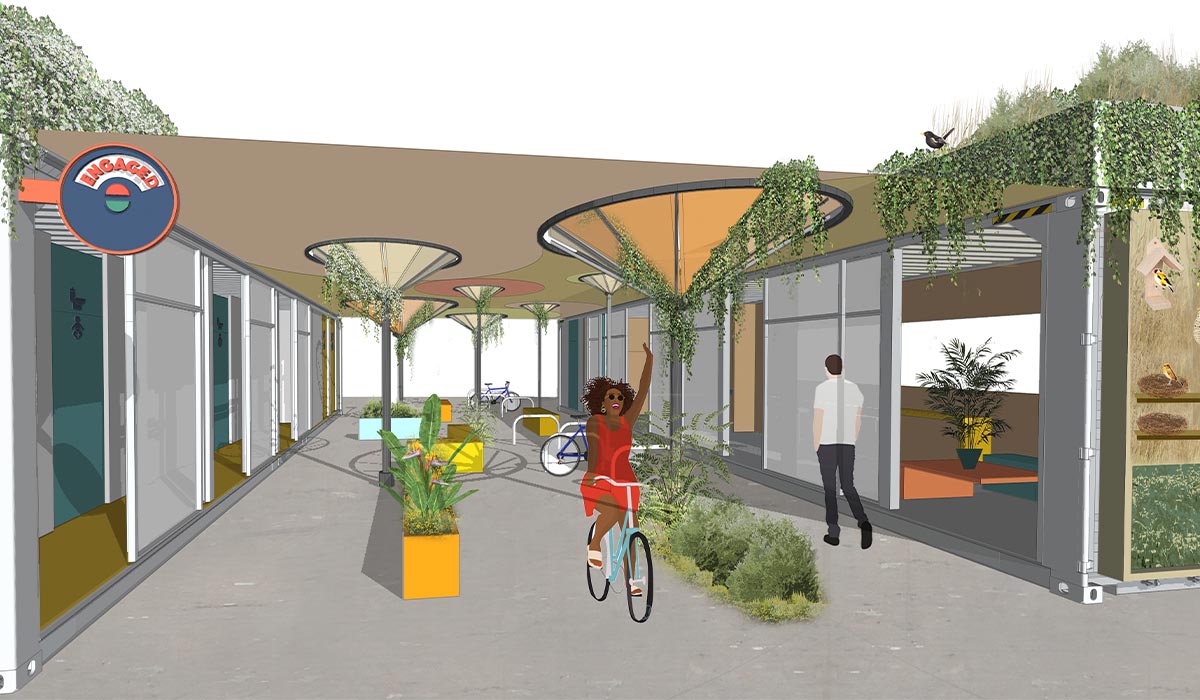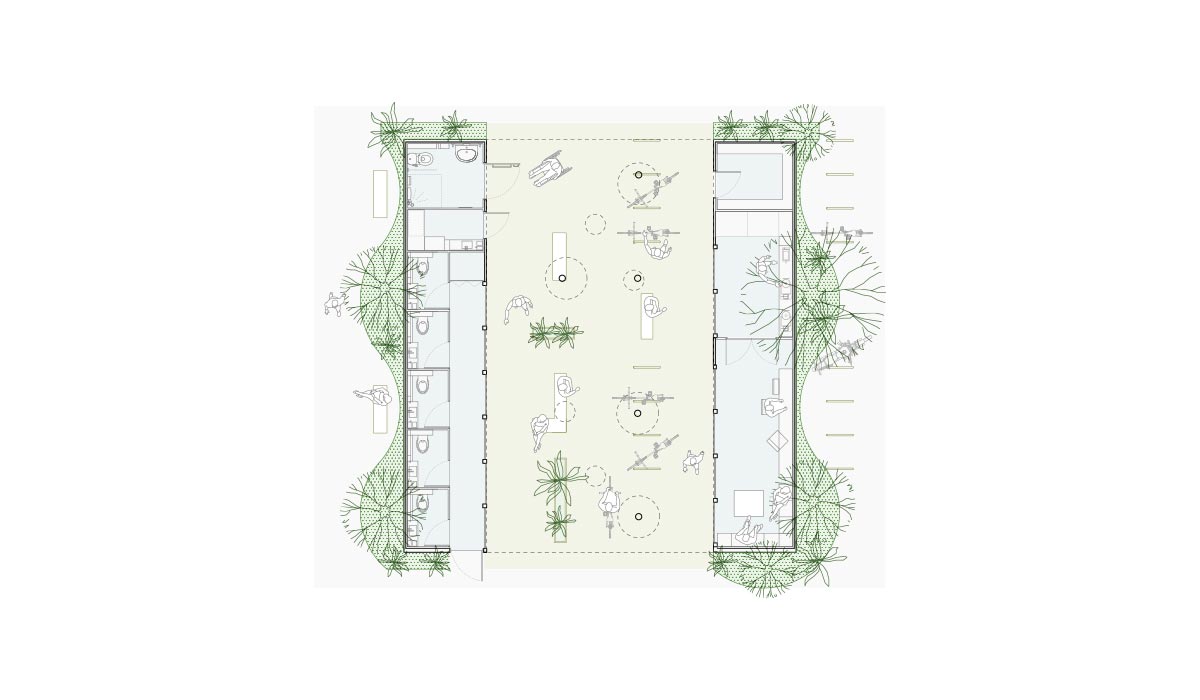Engaged: a toilet on every high street
A research project part of the Mayor of London’s Designing London’s Recovery programme.
Team
PiM.studio Architects; Royal College of Art Public Toilets Research Unit
Maurizio Mucciola, Maria-Chiara Piccinelli, Iulia Cistelecan (PiM Studio Architects)
Gail Ramster; Jo-Anne Bichard (Royal College of Art Public Toilets Research Unit)
Description
The Engaged project is a collaborative project between PiM.studio Architects and the Public Toilets Research Unit (PTRU) at the Royal College of Art (RCA).
Engaged is part of the Mayor of London’s Designing London’s Recovery programme.
Designing London’s Recovery was funded by The Local Enterprise Partnership for London (LEAP) and delivered in partnership with the Greater London Authority, Design Council and CUSSH. The Engaged: On-the-Ground public engagement and co-design activities were supported by the London Borough of Hackney.
People are the heart of the high street, but they need public toilets to spend more time participating in their community and the local economy.
For older people, disabled people and those with young families, toilet access can help decide which high street to visit, or whether to visit at all.
Yet despite public support, public toilets in England and Wales have reduced by 35% since 2000.
Meanwhile, our high streets have been going through a period of considerable disruption with a need for renewal.
A shift to online shopping, and the impact of the COVID-19 pandemic, make this a time for reconsidering the goods and services that feature in a town centre or high street, and the infrastructure we will need to support this.
The Engaged concept aims to give councils an alternative way of providing an inclusive, accessible public toilet that can support local demand, without the pitfalls of the traditional toilet block. This will help them to fill any gaps identified by a public toilet strategy, though in some high streets, there might be no toilets at all.
The idea is to explore reusing empty shops as part public toilet, and part local business. This reduced business space could be used by a start-up, as a pop-up shop or by a community group, and would provide guardianship and natural surveillance of the premises. The public toilet would be designed to be as inclusive of as many people as possible, in particular the Londoners local to it, and for whom any existing toilet provision was not adequate. By reintroducing the toilet to the high street, Engaged would be bringing a feature of public health back into our cities, where other health and well-being features (drinking water, respite areas and pop-up clinics) could be provided.
The three elements of community, inclusive design and public health make up the foundation of the Engaged concept.
Several regeneration officers in London whom we spoke to were looking at how to get the most out of land set aside for future development, but where that work would not start for years, and the land was sat empty. These projects have led to box parks, markets and pop-up entertainment venues, all of which require toilets to function effectively.
Two projects in Hackney that we spoke with were both considering this set-up: one because the land where they wanted toilets was owned by TfL, so they needed a temporary structure (it actually needed to be removed each week); and the other was already introducing containers to extend the appeal and occupancy of an existing market, through larger business incubation spaces.
Based on this, at PiM.studio Architects, we have developed design concepts for inclusive public toilets.
Some of the design proposals fit within the dimensions of a shipping container to be installed as meanwhile uses/temporary structures and one proposed design is meant for a more permanent solution using rammed earth and timber structure and focusing on the use of other natural materials.
The containers can be arranged and positioned to create an attractive, public space, which considers sustainability and flexibility, for example, if there is no sewer connection or to use renewable energy.
We also developed a proposal for a more permanent public toilet design that also includes an additional public activity as per the Engaged model, this building is to be built using rammed earth and timber structure with a biodiversity-enhancing green roof proposing a beautiful and sustainable toilet building made of natural material.
Project possible impact
This demonstrates an affordable way to implement inclusive public toilets within a small footprint, on public land.
PiM.Studio Architects, in consultation with HHCD, have implemented options for many of the inclusive features identified during Engaged, to show a facility that can be used by the largest number of Londoners, but also a model that could be replicated in other cities all over the world.


